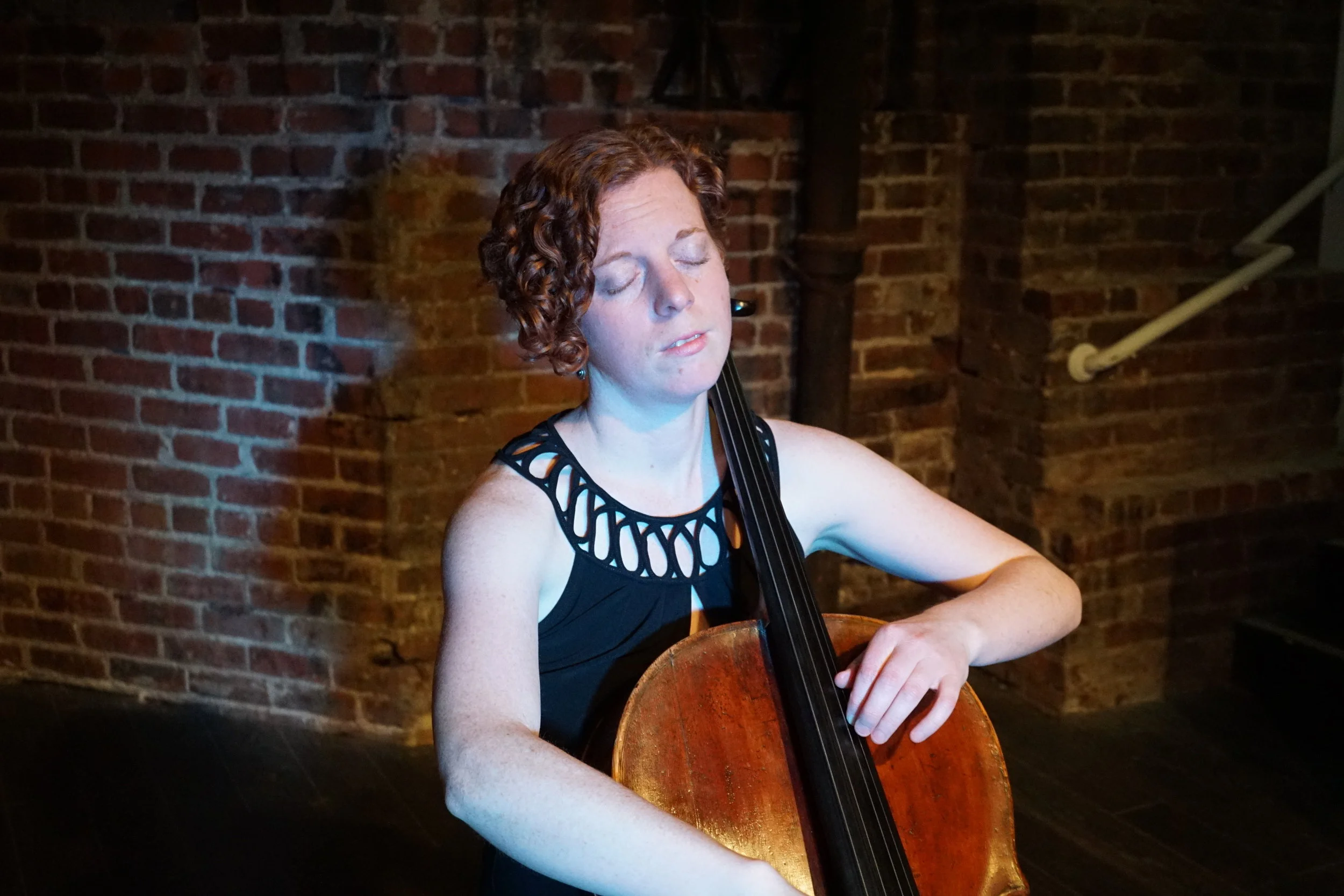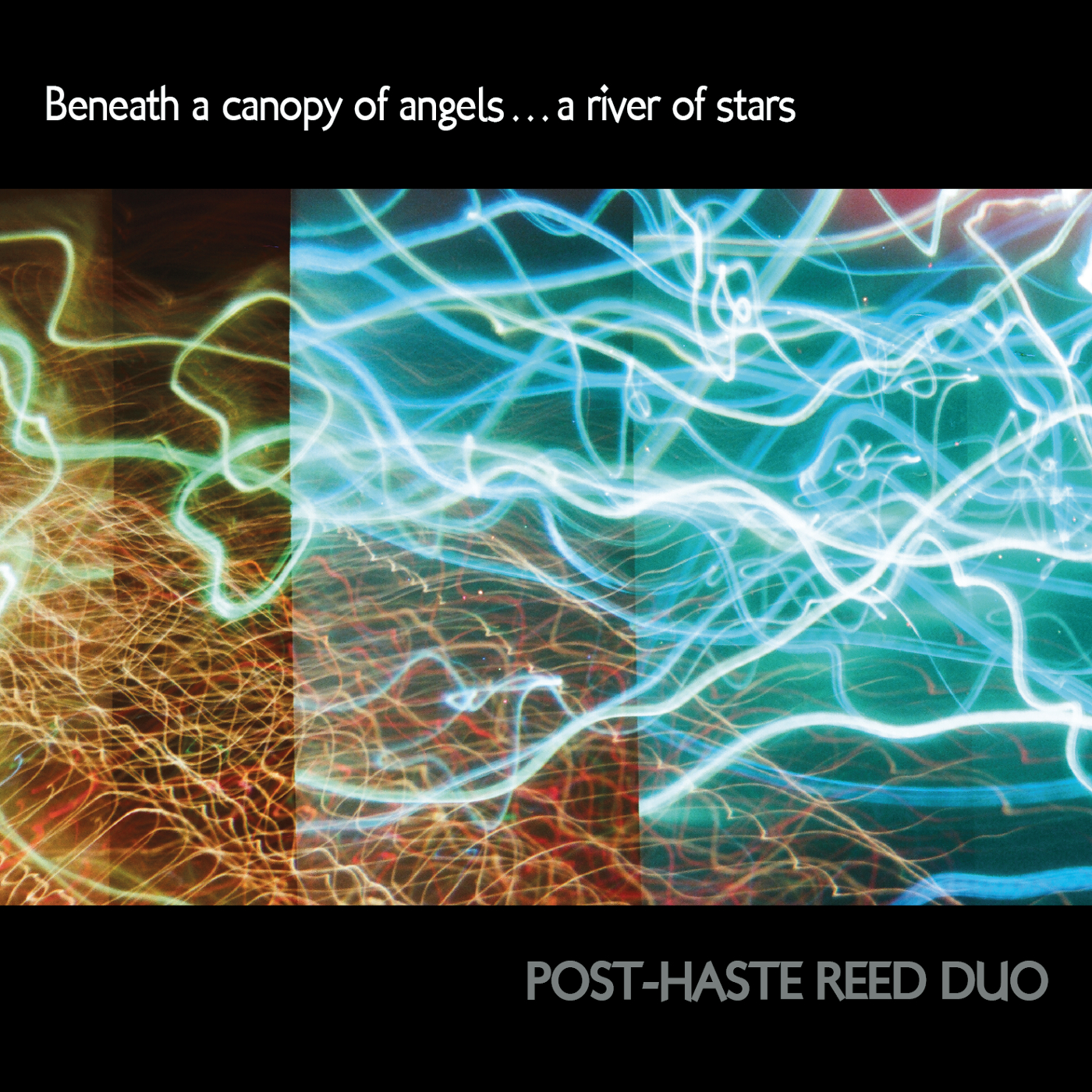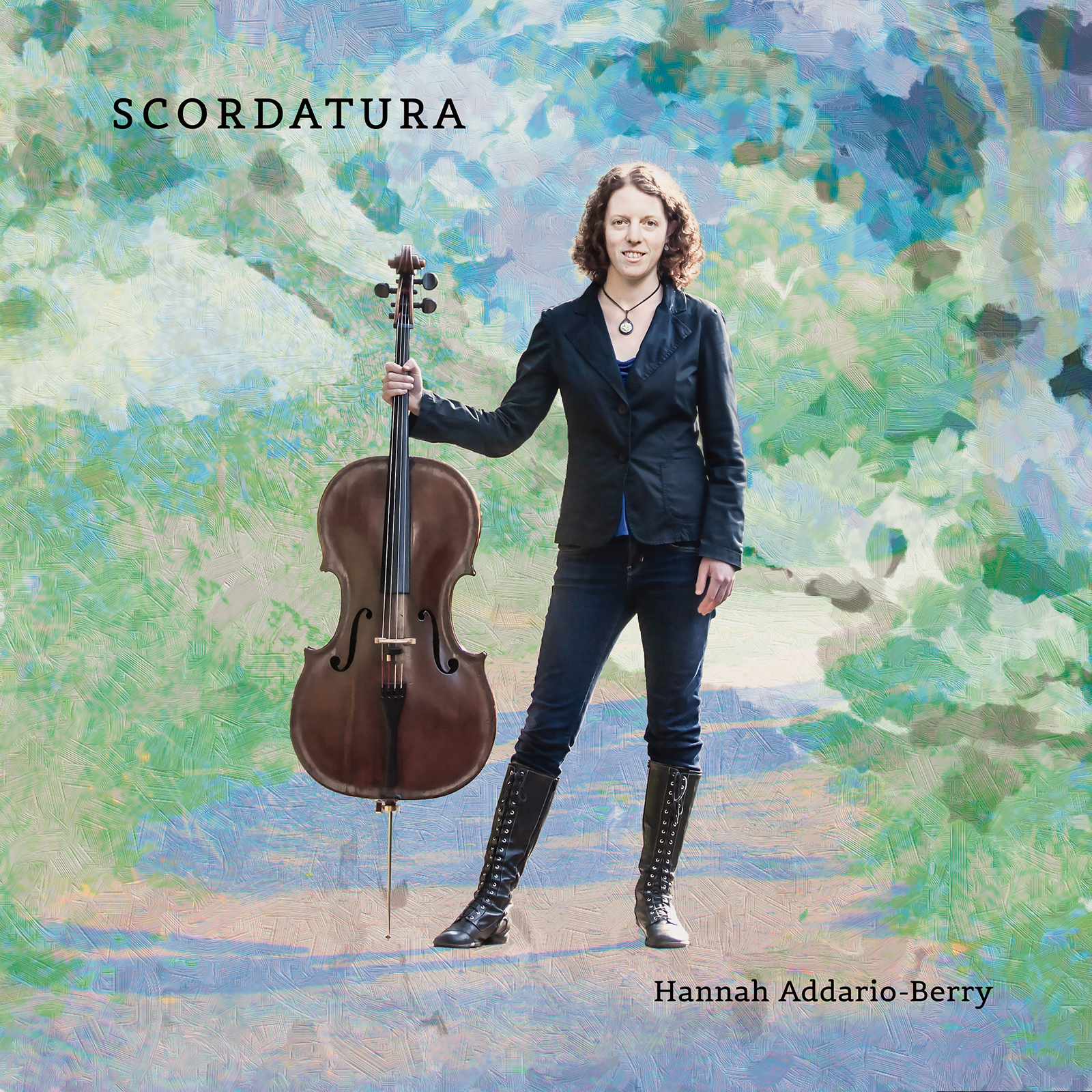This article originally appeared in Issue 43:2 (Nov/Dec 2019) of Fanfare Magazine.
Because Patterns • Isaac Schankler • Aerocade 011 (42:11)
Sometimes, not often, a sound just gets you. There is an immediate resonance that impels further listening. Such was the case with the opening of Isaac Schankler’s Because Patterns/Deep State. While the idea of using a prepared piano carries inevitable echoes of John Cage, and indeed there are certain passages that may reference Sonatas and Interludes, Schankler’s world is unique. It’s good to see Aron Kallay there, too, as he pretty much blew Fanfare reviewer Robert Carl’s mind with his disc Beyond Twelve (which included a piece by Schankler that reimagined a Chopin étude, entitled Alien Warp Étude). Schankler’s piece Pheromone was reviewed by myself in Fanfare 40:2.
The idea of this disc is to explore three ways in three pieces of manipulating patterns. Because Patterns carries with it resonances of Feldman’s Why Patterns. This is rule-generated music in which a system of parameters used on one measure generates the next, a process referred to as cellular automaton. Here, it is mixed with a performance of Deep State for double bass and electronics. Whereas the upper frequencies move swiftly, with clear Minimalist tendencies, the lower stratum seems to reference an eternal. Because Patterns was commissioned by the present performers, the Ray-Kallay duo. The best electronic music shared with the best Minimalist music a sort of emotional cleanliness, and that is precisely what we get here. Even the ruminative, deep moments (both in pitch area and emotional intent) and the ruminative ones pitched high on the spectrum exhibit that cleanliness. In a sense, this changes the way we listen: Instead of a straightforward beauty experienced from music, there is an element here of beauty examined like an object held out at an arm’s reach and then beauty experienced.
Cellular automaton is a process that, while simple on paper, can generate highly complex results in a number of areas of which music is only one. Although the idea was developed in the 1940s, it was in the 1970s that the idea was brought to popular science via Cambridge mathematician John Horton Conway’s book The Game of Life. Although a seemingly dry mathematical construct, the concept of cellular automaton can be found in nature in sea shells; and a reflection of that beauty is, perhaps, its appearance in music here.
The performance is wonderful: clean-cut, perfectly calibrated both rhythmically and in the cut-crystal recording. Let that not imply there is no subtlety; the quiet re-emergence of the piano from an atemporal electronic hum later in the piece is beautifully managed. Out of the final droplets of sound emerges a throaty violin note. The piece Mobile I has the electronics reacting to violinist Sakura Tsai’s playing; an ongoing spectral analysis that initially is hardly even felt, only whispered, but becomes more insistent as the piece progresses. The composer, in the liner notes, acknowledges Tsai’s mastery, “improvised and polished at the same time.”
On a different plane, at least on an immediate level, is Future Feelings for piano, played with real understanding by Nadia Shpachenko. The piece was written at the time of the birth of the composer’s first child, and Schankler wanted to create “a quiet, soothing version of noise music.” So the first part of the piece is actually built around a decidedly Romantic sound world, exuding a sense of nostalgia only underlined by the musical bedfellows on this disc. There is a sense at one point that any rose-tinted spectacles come off in an acknowledgement that a return to that past is impossible.
Unique and thought-provoking, Schankler’s voice needs to be heard. Often restful and thoughtful and yet often subtly disturbing in its way of destabilizing fields of calm, this music offers myriad ways to reflect on the nature of how one expresses oneself via the medium of sound. And all that in just over 40 minutes.
Colin Clarke
















